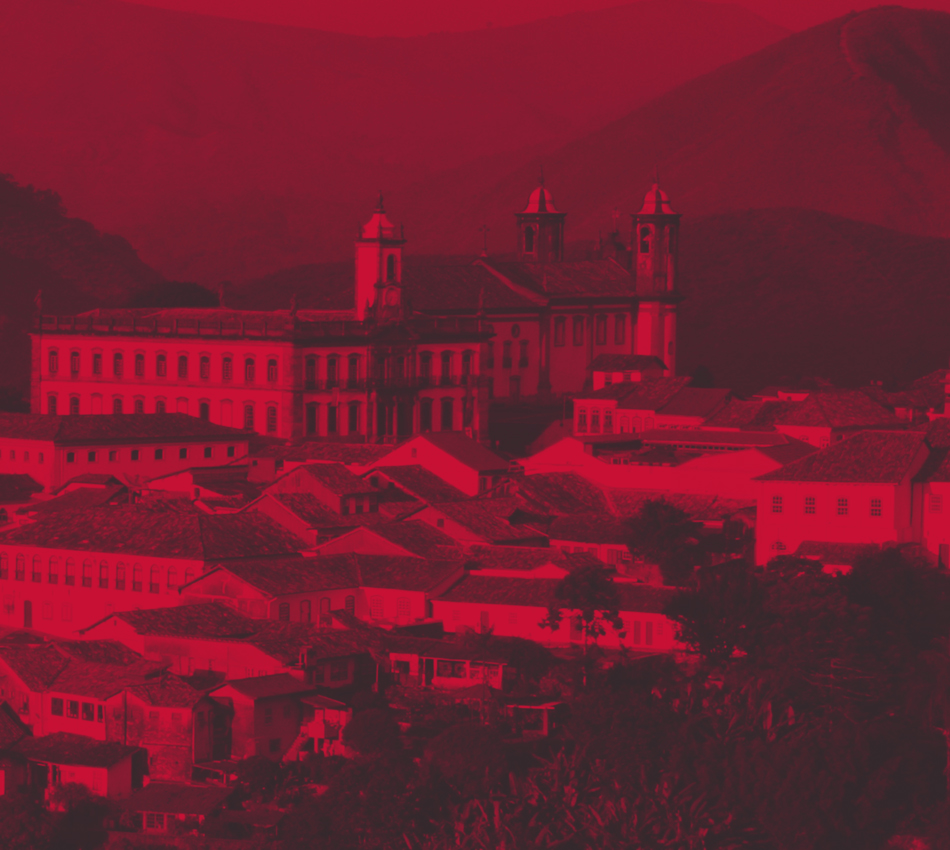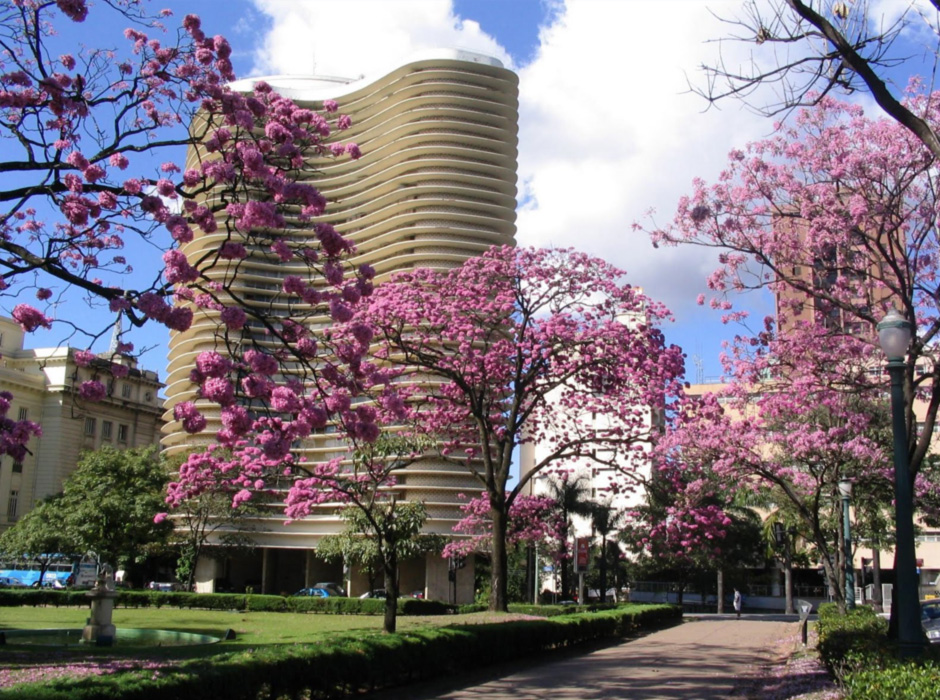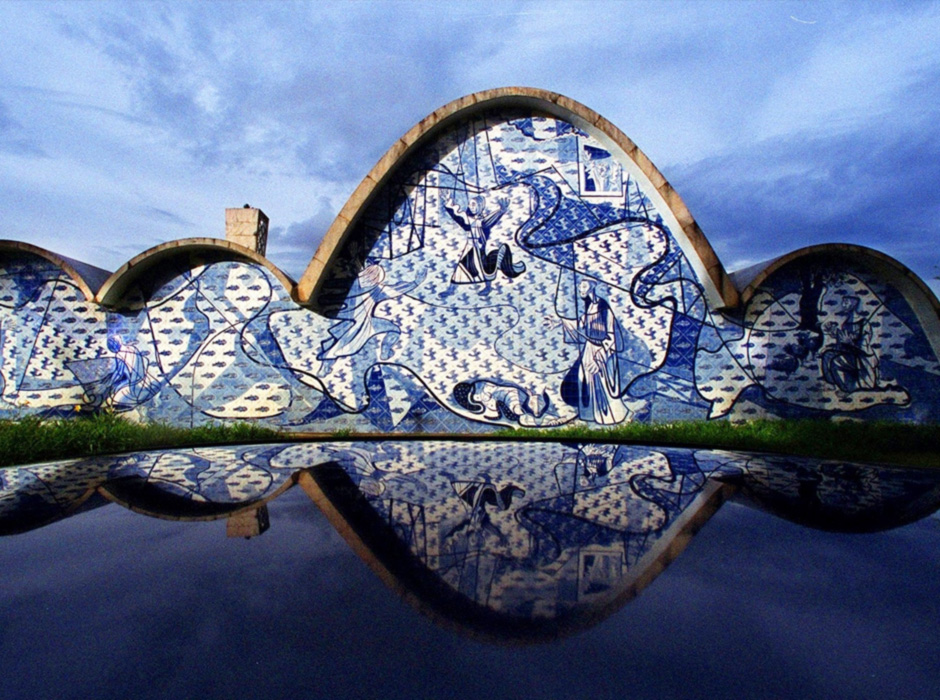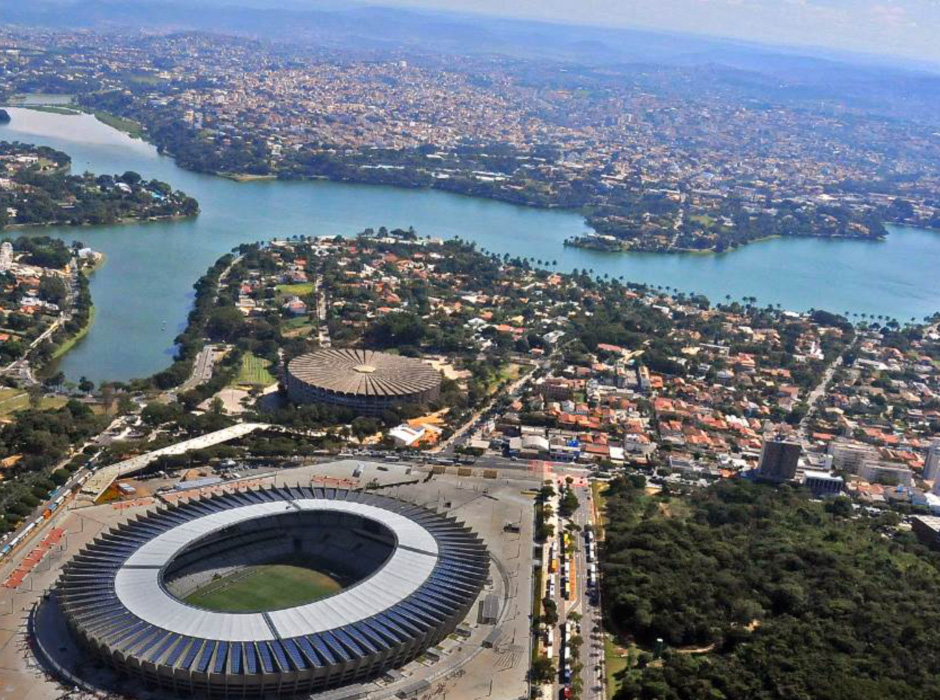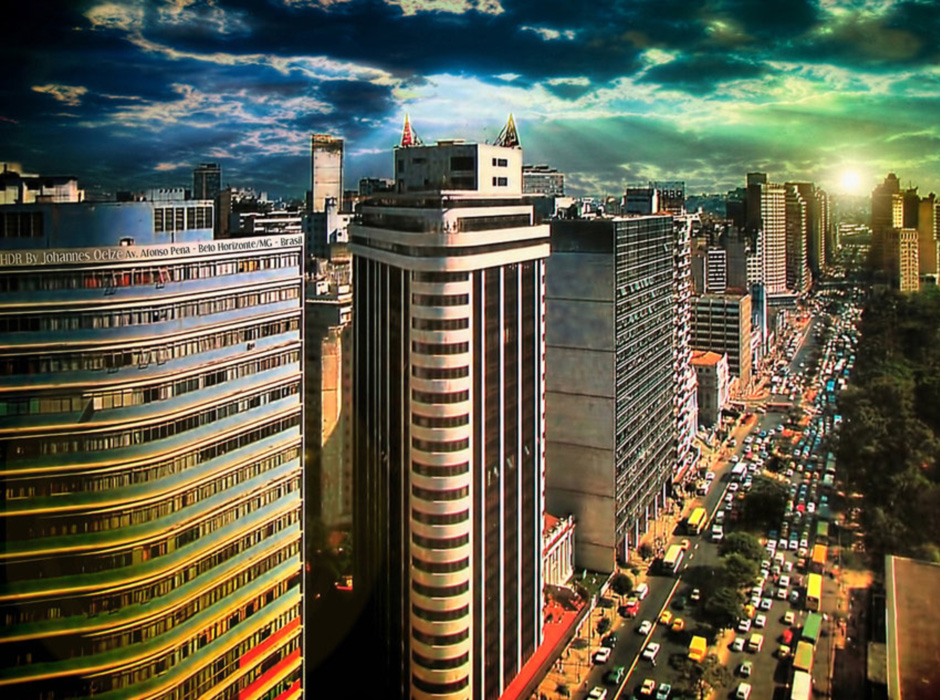In the 18th century, the state of Minas Gerais was the center of attention. At that time, the production of gold and precious stones was a joy to the explorers’ eyes.
The fame of hospitable Minas Gerais people comes from that time, when the roads of Minas were filled with tropeiros who traveled from the deposits to the export ports on the coast.
Ouro Preto, which today is a World Heritage Site by UNESCO, was the scene of the most important insurgency against the Portuguese dominion.
At those times, political, artistic and cultural life in the state was very intense. As a result, Minas today has the largest concentration of baroque sites in America: they are some rich heritage present in the literature of Tomás Antônio Gonzaga, in the painting of Mestre Ataíde, in the sculptures of Aleijadinho, and in the beautiful architecture of that period.
The work of preserving this heritage is so successful that, in Brazil, when one thinks of locations for films that refer to the 18th and 19th centuries, the first image that comes to his mind is a typical historical city of Minas Gerais.
With this rich past, Minas was, of course, becoming the most educated state in the nation. Today, the Minas Gerais universities are at the top of any of the best lists.
Here internationally known figures were born and brought up, as the writers João Guimarães Rosa and Carlos Drummond de Andrade, singers like Milton...
The filmmaker Humberto Mauro practically invented Brazilian cinema. A pioneer and visionary, he developed the language and left the nation an important legacy.
In the political field, Minas has always had national influence. In the 1950s and 1960s, the President Juscelino Kubitschek de Oliveira, from Minas Gerais, with the motto “50 years in 5”, led Brazil to the period of greatest development in its history. It was in his government, by the way, that the city of Brasilia was born, the current Brazilian capital.
The one who designed and planned the new federal capital was Oscar Niemeyer, whose partnership with Juscelino came from the early 1940s, when Juscelino was still mayor of Belo Horizonte (capital of Minas Gerais), and Niemeyer created the Pampulha’s architectural complex.
The Pampulha’s complex was the first great modern Brazilian construction. At the time, it was not understood, generated controversy and shocked the more conservative ones. Today, it is widely studied as a landmark of modernism in the country and in the world.
Also, today, large business centers and many buildings with innovative structures and materials are put up on all sides of large cities of Minas Gerais, reflecting consistent economic growth.
